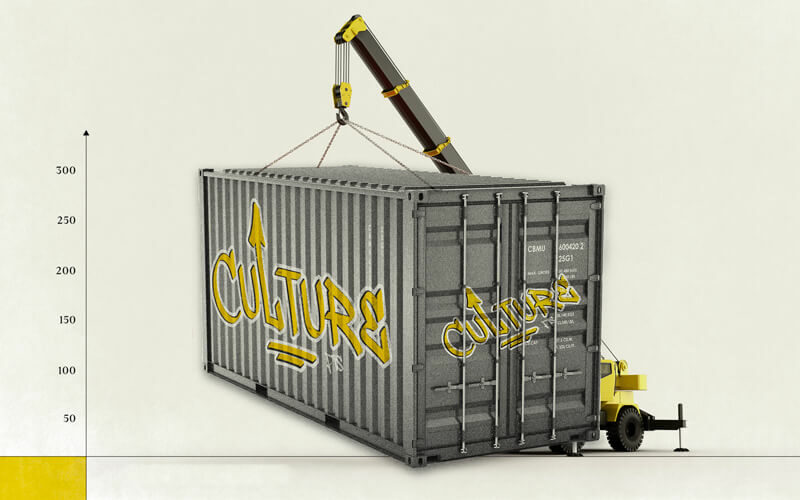A lot of startups fail. They fail for different reasons. Sometimes it’s a lack of financial backing, technical resources, or maybe just bad market timing.
Sometimes it’s because the founders had a lot of passion for solving a unique problem, but lacked the stamina to see it through to the end.
It starts out well enough. A brilliant idea, a few brilliant minds to put it together, and the excitement and attention as the fledgling company takes flight. It looks like the only way is up. Then your sales start missing targets, potential clients are less inclined to answer calls, and you start having dreams that you’re falling off a cliff.
It doesn’t feel like it, but what you’re experiencing is a normal and well-documented part of the Gartner Hype Cycle.
Welcome to the trough.
The Gartner Hype Cycle is a good tool for visualising the natural life cycle of a technology company, and if embraced by a savvy founder, might bring comfort in the days of doubt and pain.
As well as the “hype” that typically follows the potential of newly evolving technology, it focuses on the normal ups and downs of development, creation, and market acceptance of new products and services.
It condenses the overload of data into a simple chart that illustrates the expected life cycle, giving both investors and founders a means of evaluating the opportunities and risks.
The Gartner Hype Cycle is about objectively assessing the commercial value and potential of what you are trying to build and bring to the world.
The five basic segments of the Cycle include: an Innovation Trigger, a Peak of
Inflated Expectations, the Trough of Disillusionment, a Slope of Enlightenment, and finally, the Plateau of Productivity.
The Trough of Disillusionment is arguably the most salient, because it’s here that so many founders capitulate. The dreaded slump in sales, or progress, or belief in what you’re trying to bring to the world – it’s a nail biting time, but it’s also where your whole future lies ahead of you.
The trough is the place where legends are born. The trough is where most young companies will either find the guts (and the vision) to keep going, or quit and die. Author of The Dip Seth Godin calls it the “chasm between mediocrity and success.”
Founders who make the right decision, for the right reasons, will cross the finish line and win. Or, possibly, retire wisely from the battle to live and fight another day.
Before the trough
The Hype Cycle gives you an opportunity to avoid the trough if you can set your emotions on the sideline. The trough is really just a natural following of too much excitement and overblown expectations. What goes up, must come down.
What can you do to stop it flattening morale?
Try turning down the hype around your workspace, and focusing on perfecting your product, at least until it reaches a level of completion or market acceptance that raises its viability. If you lessen the expectation curve, then the trough will be more shallow.
Godin promotes a more ‘grandmaster chess move’ approach. Take a hard look at the challenges you’ll face if your startup falls into the trough, and the commitment and determination it will take to see it through. Then decide if you and your team can handle the worst case scenario. If your heart isn’t really in it, or if you suspect you won’t manage the hit to your pride or your finances, don’t start the journey. Look for another project that better suits your skills.
In the trough
Time for another old adage: “when the going gets tough, the tough get going”. If you’ve made it this far in your journey, and you truly believe in what you’re doing, don’t walk away from something that has great potential. To quote our friend Seth again, “lean into the dip!”
Finding the courage to continue on and fight through the challenges is what separates the founders who come out the far side, from those who will never be remembered.
If you find yourself in the trough, it’s a good time to reevaluate the possible curves in the road that lie ahead. In The Dip, Godin sees three likely futures. One when your path leads only to a sharp cliff (no happy ending to the story). Another where you may find mild traction, but the product never really meets your expectations. And one that leads to profound success.
Be willing to critically self-assess. Does it need more effort? Does it need a completely different approach to sales? Were your assumptions about the product, or the problem, off? Maybe it requires a double-down effort in communications, media posts, and client-facing work to regain traction.
If you have all of the resources and the will to keep going, then stay committed, and you’ll soon see the Slope of Enlightenment on your visible horizon.
Calling time
Sometimes the best thing you can do is walk away from the project. But the reasons for doing so and the timing are important for your future. It’s a sign of maturity and intelligence to recognize when an idea isn’t ready for the market, or you aren’t ready to make it happen.
If you let the project linger until it hits the deepest level of the trough before deciding it was ill-conceived, or that you weren’t fully committed, then you missed your window to exit gracefully.
It’s a hard call to make – to stay with it, or walk away.
Both require courage.











